On November 5, at Duyet Thi Duong Theater (Hue Imperial City), the Hue Monuments Conservation Center held a seminar to launch the book Ham Nghi - Exiled Emperor, Artist in Alger by author and speaker - Dr. Amandine Dabat, 5th generation descendant of King Ham Nghi.
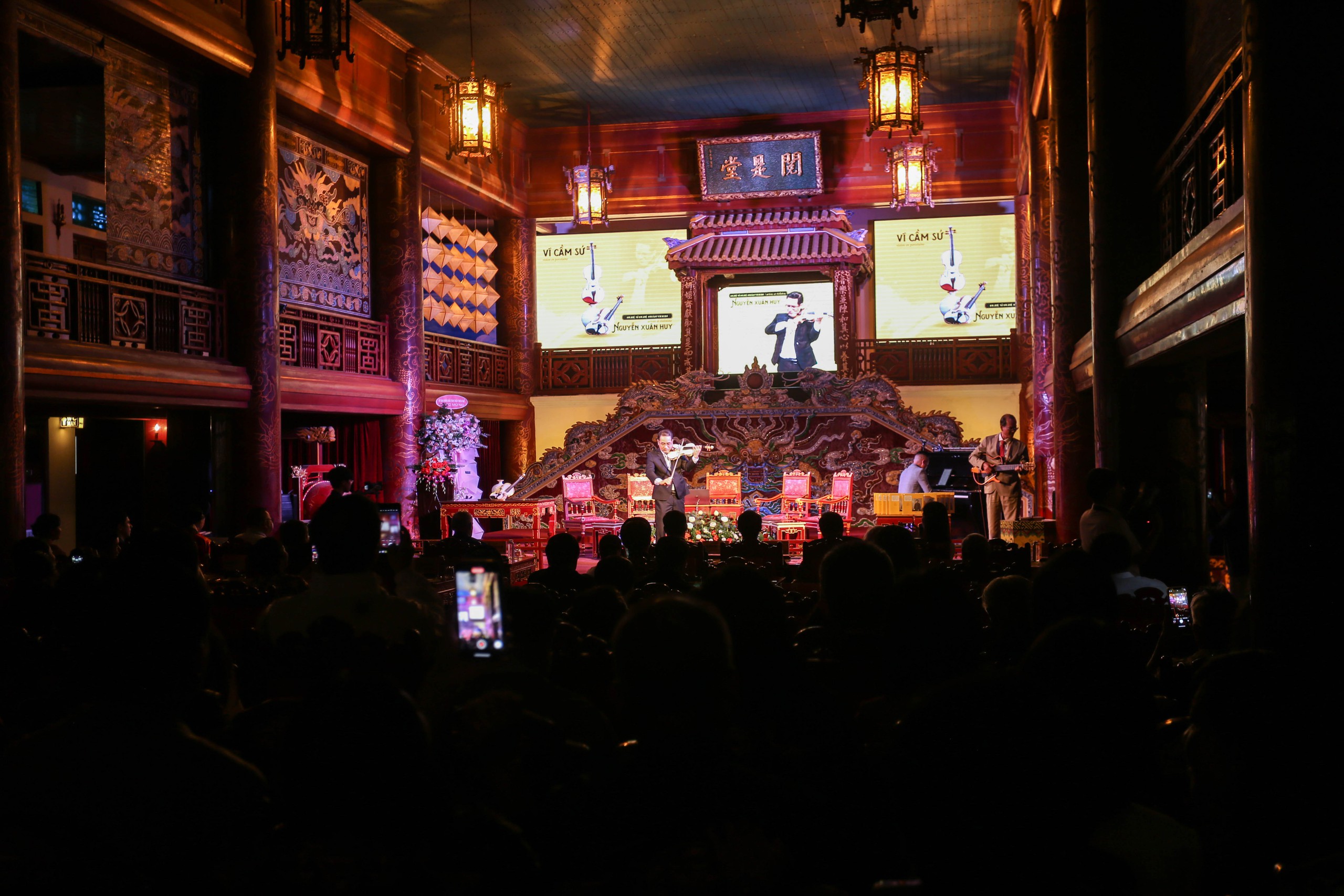
Book launch seminar about King Ham Nghi took place at Duyet Thi Duong Theater (Hue Imperial City)
The book Ham Nghi - Exiled Emperor, Artist in Alger is a research work on the life and career of King Ham Nghi, a patriotic king and talented painter, during his exile in France and Alger.
The book includes 71 pages of fine art works, 12 pages of sculptures, 68 pages of documentary photos, and letters translated from the original French version Ham Nghi – Empereur en exil, artiste à Alger published by Sorbonne Publishing House in 2019.
To conduct this research, Dr. Amandine Dabat relied on two important collections. The Ham Nghi collection, kept by the king's descendants, includes 2,500 documents, mainly letters, including letters received by the king and drafts of letters written by the king during his exile. The second collection is the Alger government's documents containing administrative documents and political projects of the French government related to King Ham Nghi.
After translation, the book helps Vietnamese readers discover the little-known artistic aspects of the emperor - one of the artists who left a special mark on modern Vietnamese fine arts.
After reading the work of Dr. Amandine Dabat, researcher Nguyen Xuan Hoa (in Hue City) commented at the launch that the book has brought to the public new, never-before-seen perspectives and mysteries of King Ham Nghi. The book is extremely interesting because during the last 50 years of King Ham Nghi's life in exile, people did not know anything about his mysteries. This work has reconstructed the entire life and achievements of King Ham Nghi from every angle.
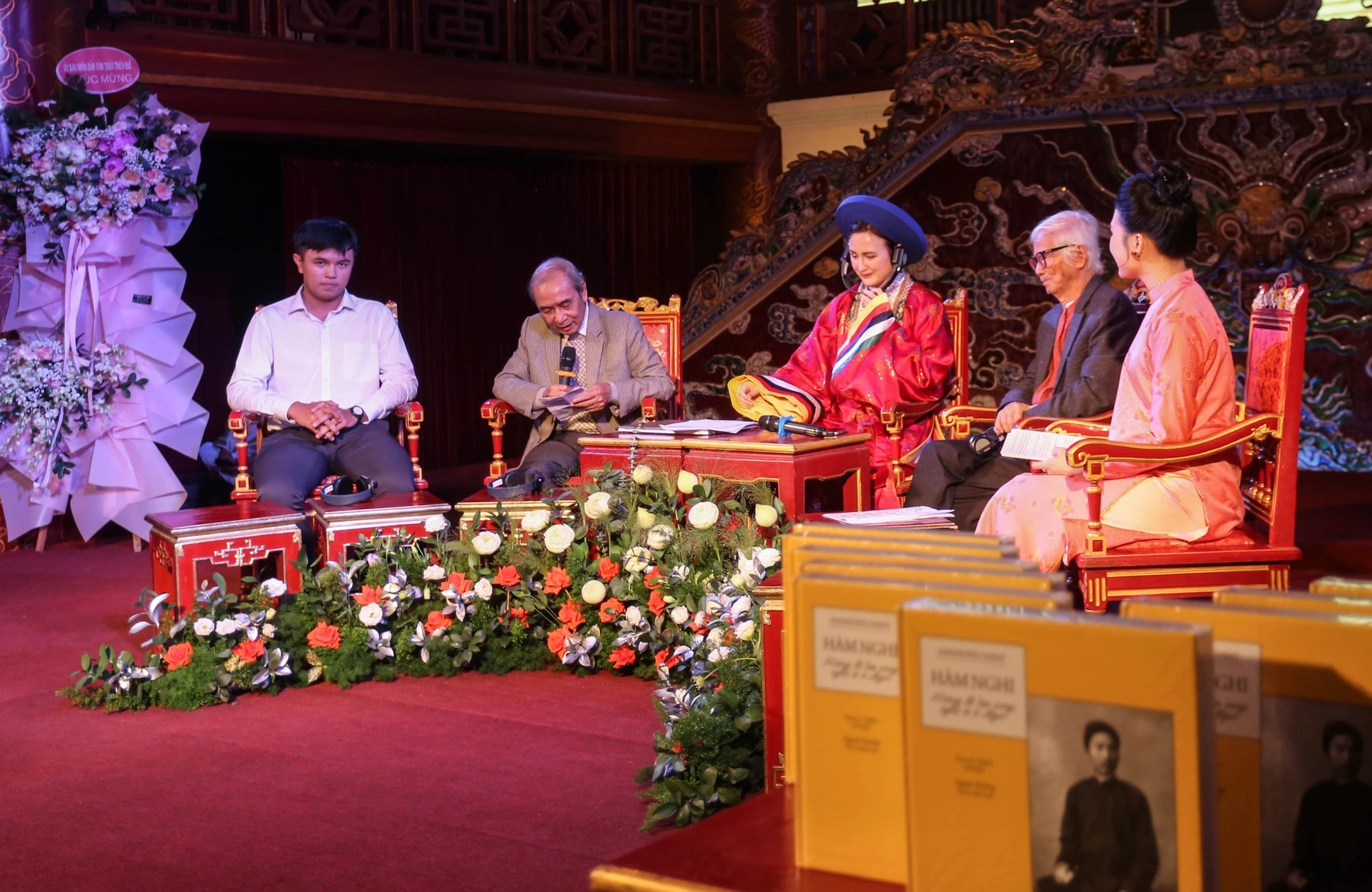
Researcher Nguyen Xuan Hoa (2nd from left) speaks at the book launch about King Ham Nghi.
"When King Ham Nghi first went to France, he met a female writer and had a beautiful friendship with her for 17 years. This writer continuously wrote about Ham Nghi, wrote books, composed French poems related to King Ham Nghi's name, so passionately that she carved a statue of Ham Nghi. It can be said that she was infatuated with Ham Nghi. Sometimes it was difficult to distinguish whether this was love or friendship, but the exiled king still maintained a very good friendship between the two," researcher Nguyen Xuan Hoa said about the content that impressed him after reading the book.
That is just one of the previously unrevealed stories about King Ham Nghi, told by author Amandine Dabat through the pages of a book.
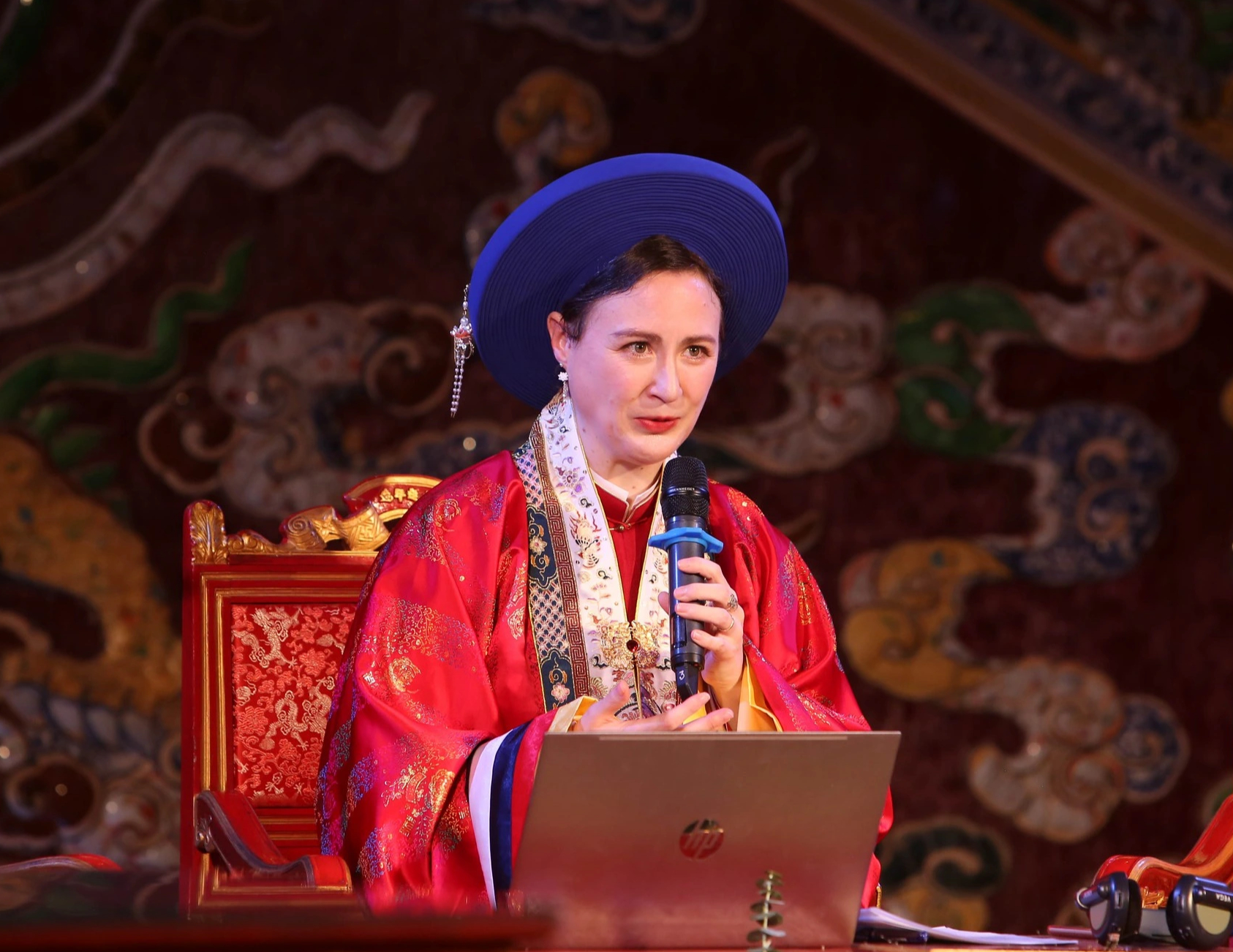
Dr. Amandine Dabat introduces the book Ham Nghi - Emperor in exile, artist in Algiers
Hue culture researchers say this is an unprecedented art research project in Vietnam.
According to researcher Nguyen Dac Xuan, the author of the book used many documents collected by his family, which are treasures that have never appeared before the public and are highly accurate. The author is also a graduate student with a deep knowledge of visual arts, so he saw who influenced King Ham Nghi in life.
Mr. Hoang Viet Trung, Director of the Hue Monuments Conservation Center, assessed this as a research project on the life and career of King Ham Nghi as a patriotic king and a talented painter, during his exile in France and Alger. The project explores the little-known artistic aspects of the emperor, who left behind a huge artistic legacy including 91 paintings and other sculptures.
Dr. Amandine Dabat is the great-granddaughter of Princess Nhu Ly (daughter of King Ham Nghi). She has a PhD in Art History (Sorbonne University), a Master's degree in Vietnamese Studies (University of Paris 7-Diderot). In 2015, she successfully defended her doctoral thesis at the French National Institute of Art History (Paris) with a topic about King Ham Nghi titled "Ham Nghi - Emperor in exile, artist in Algiers".
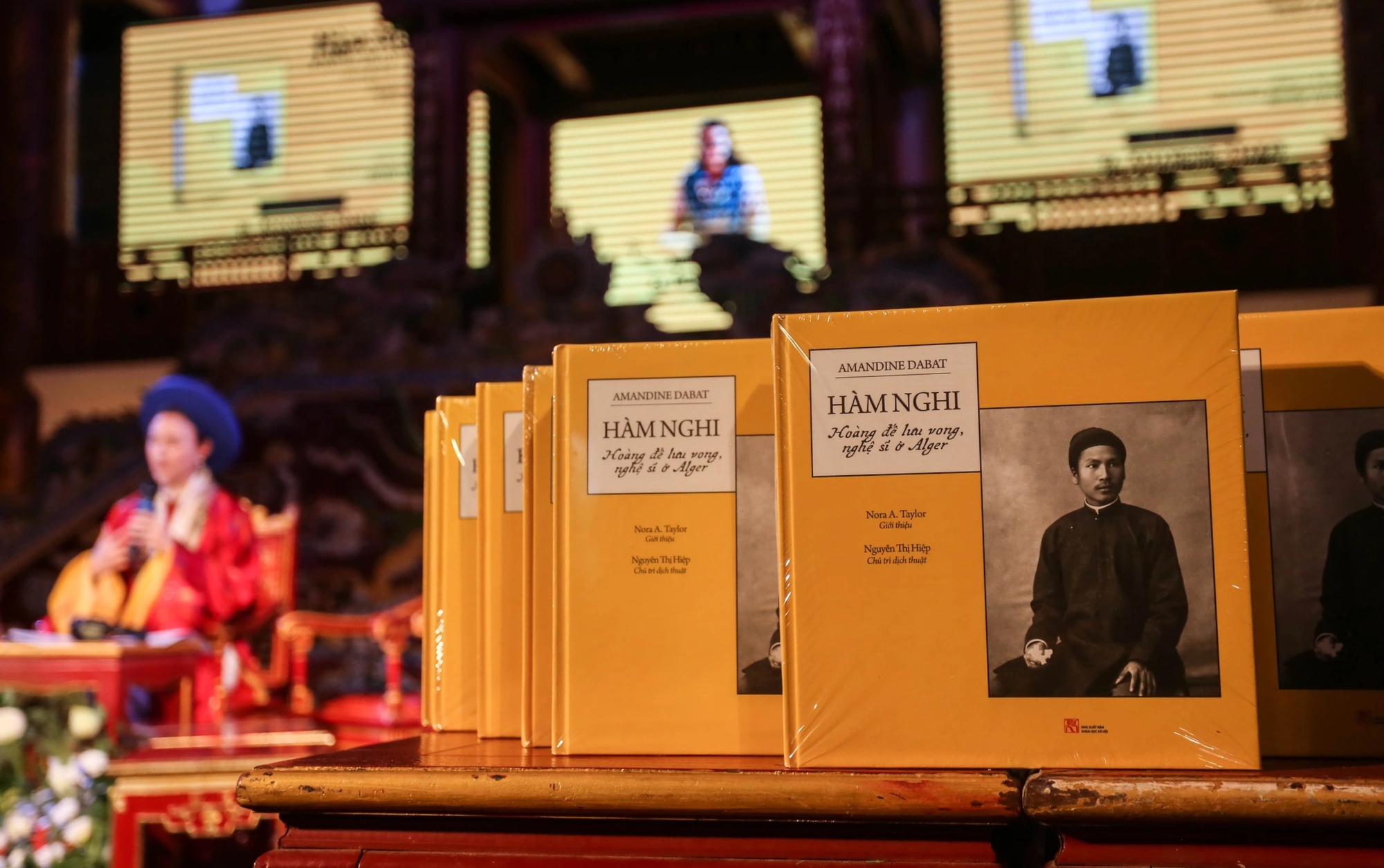
Ham Nghi Book - Emperor in exile, artist in Algiers
Over the years, she has been very dedicated and supported the Hue Monuments Conservation Center in collecting photo documents, paintings and donating many important relics, enriching the heritage collection of King Ham Nghi at the Hue Royal Antiquities Museum. Thereby, helping the public have more perspectives on King Ham Nghi, not only a patriotic king but also a talented artist, leaving a special mark on modern Vietnamese fine arts; the first person to lay the foundation for European fine arts in Vietnam.
On this occasion, the descendants of King Ham Nghi also presented to the Hue Royal Antiquities Museum many valuable relics of King Ham Nghi including: a wooden tray inlaid with mother-of-pearl, a set of Chinese books, a pair of royal chopsticks made of walrus ivory and a pair of porcelain chopsticks. These are artifacts of high cultural and historical value, contributing to enriching the collection of heritage about King Ham Nghi at the Hue Royal Antiquities Museum.
Source: https://thanhnien.vn/nhung-dieu-chua-biet-ve-vua-ham-nghi-qua-cuon-sach-cua-hau-due-doi-thu-5-185241105133714247.htm


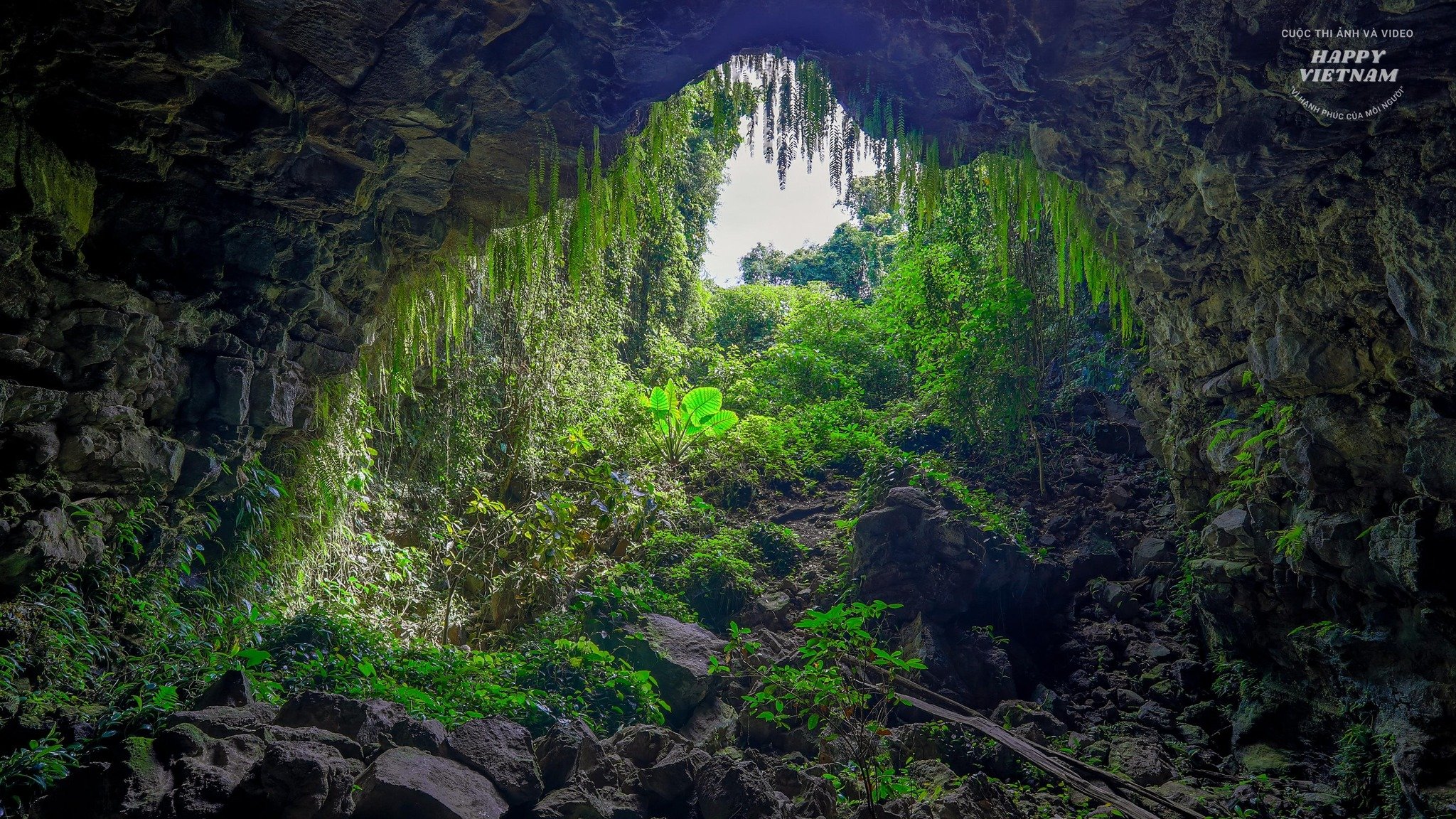


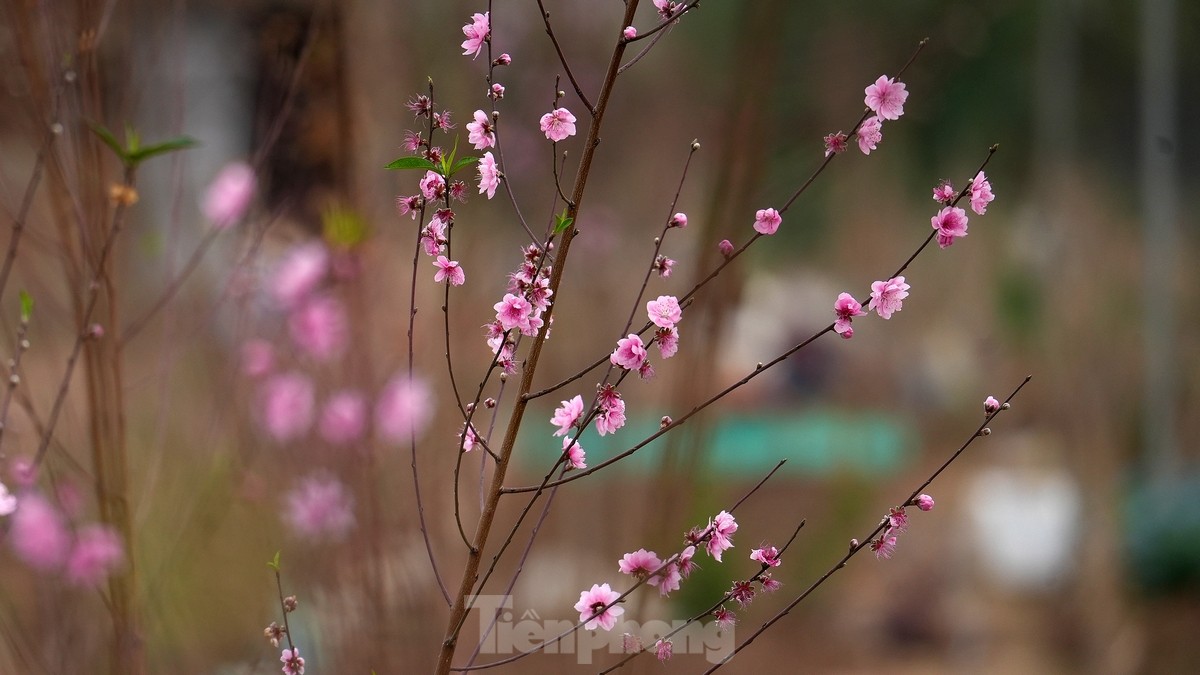
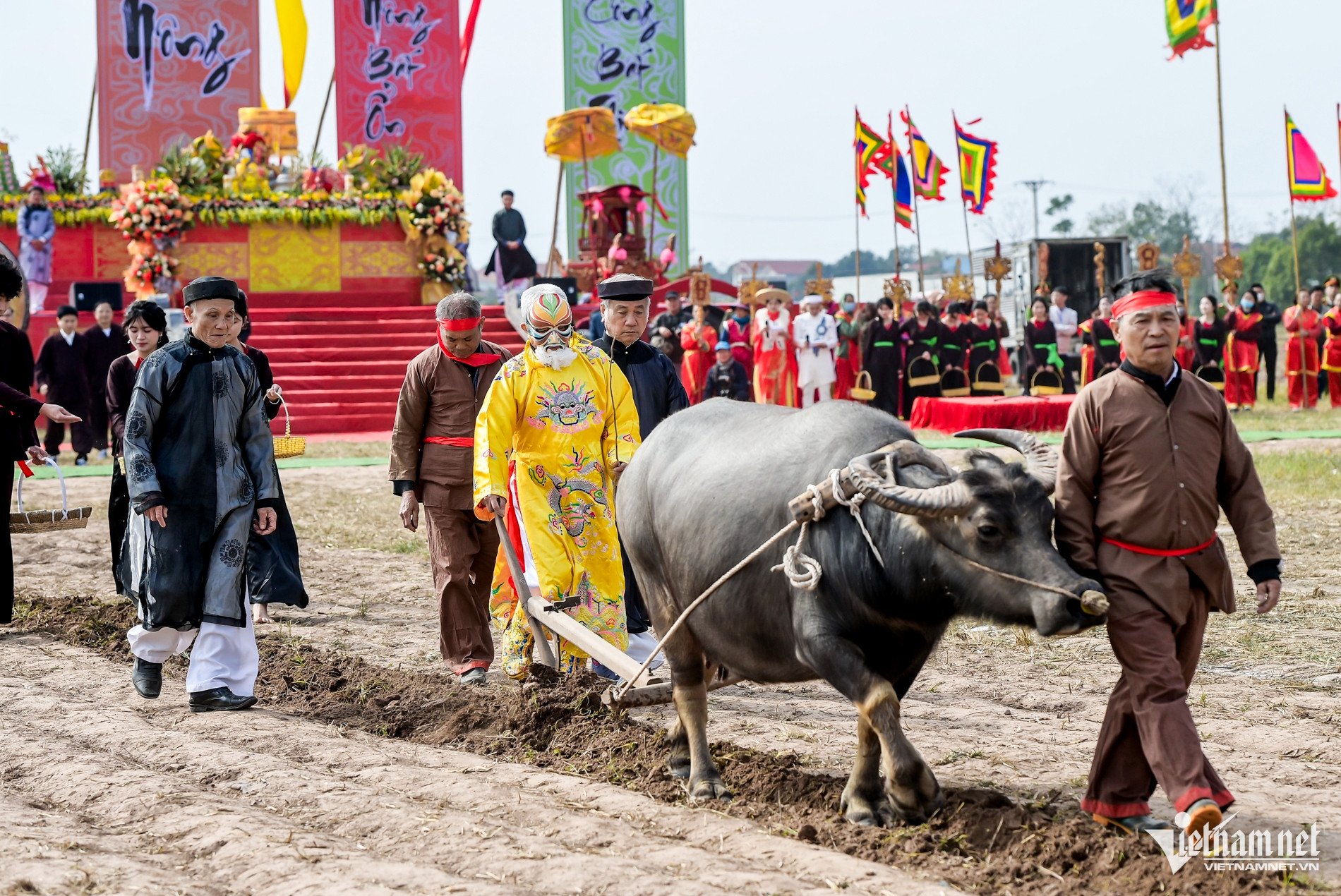





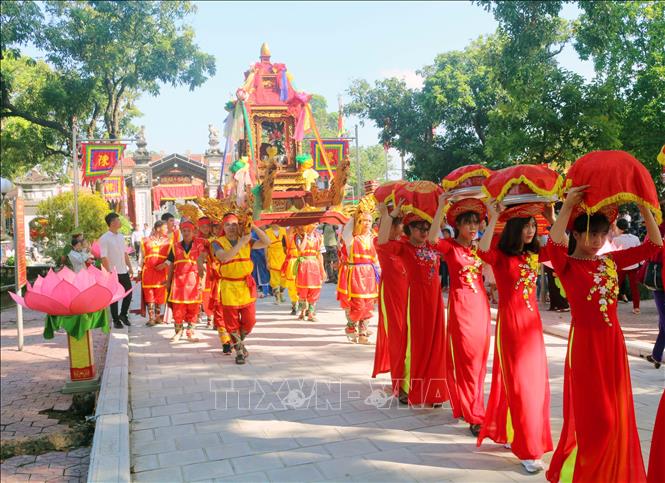
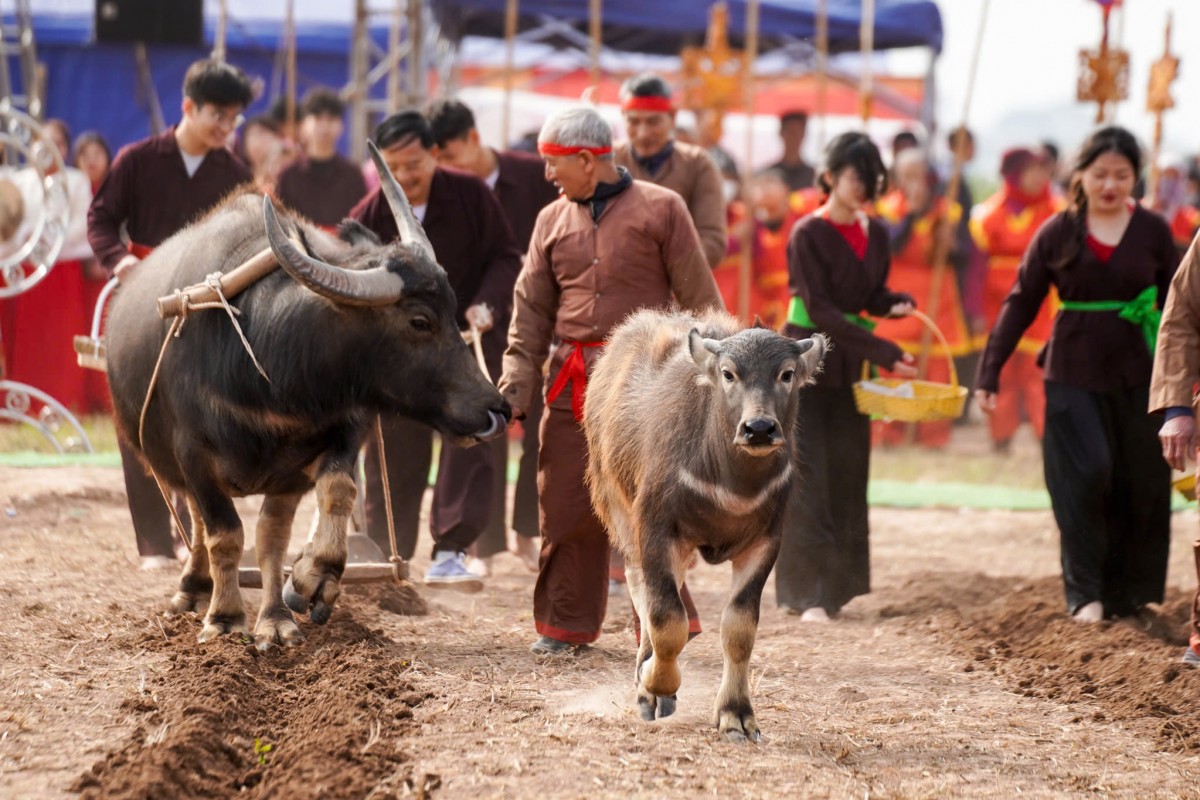




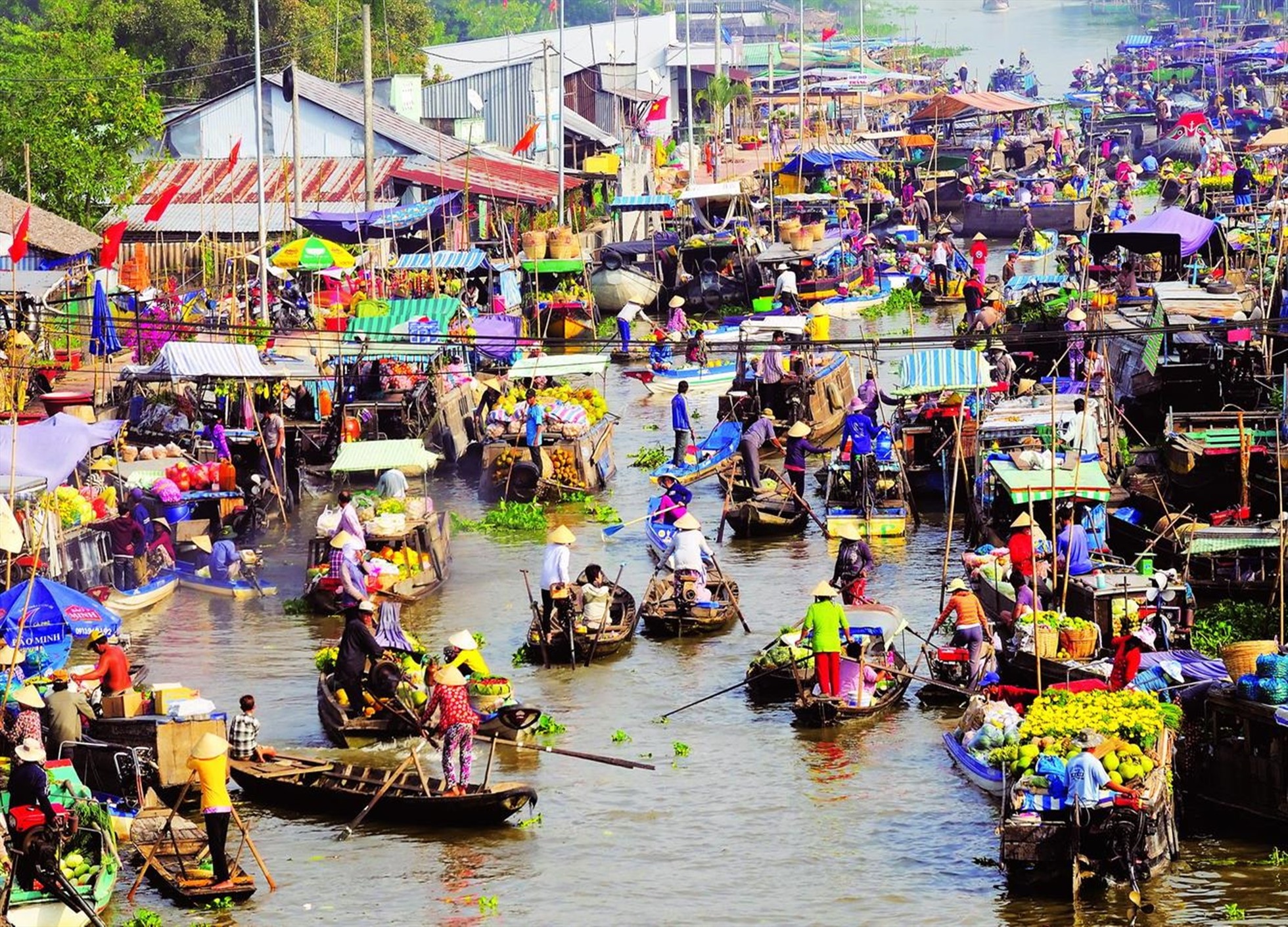





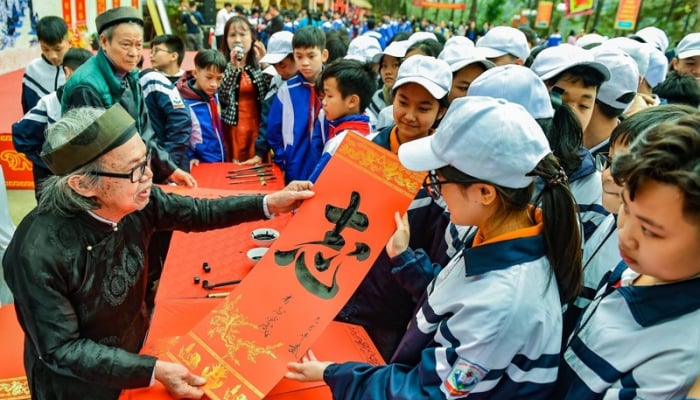

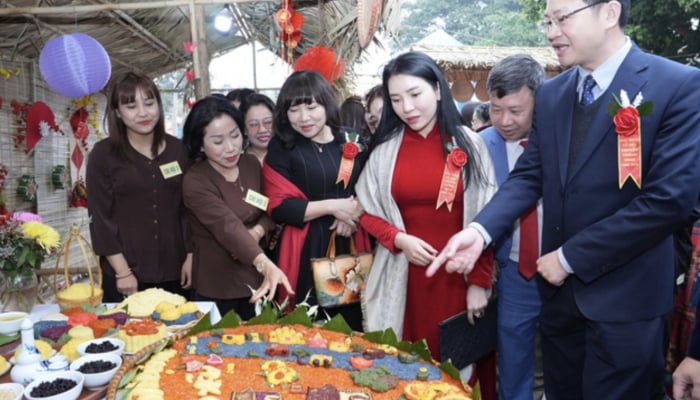




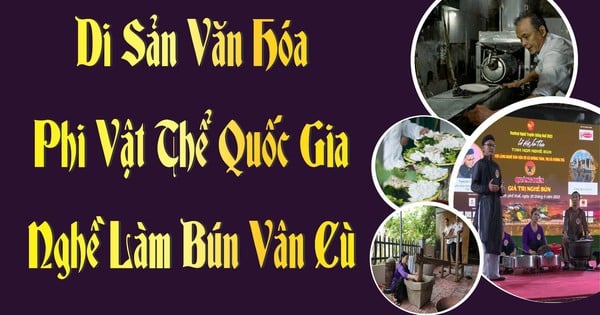






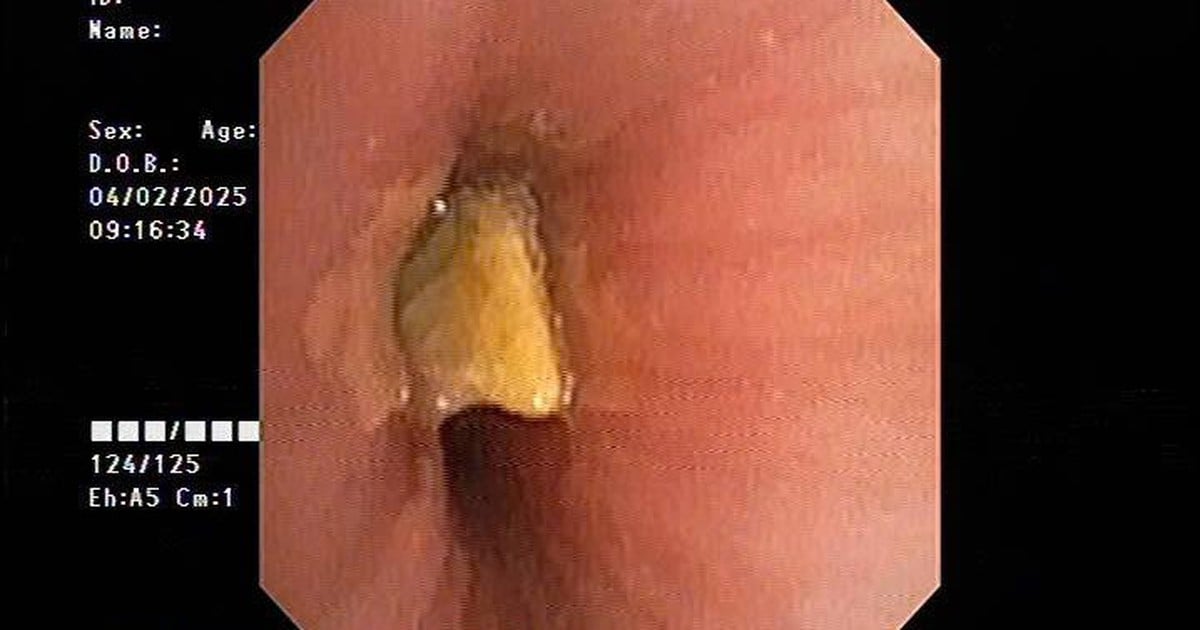

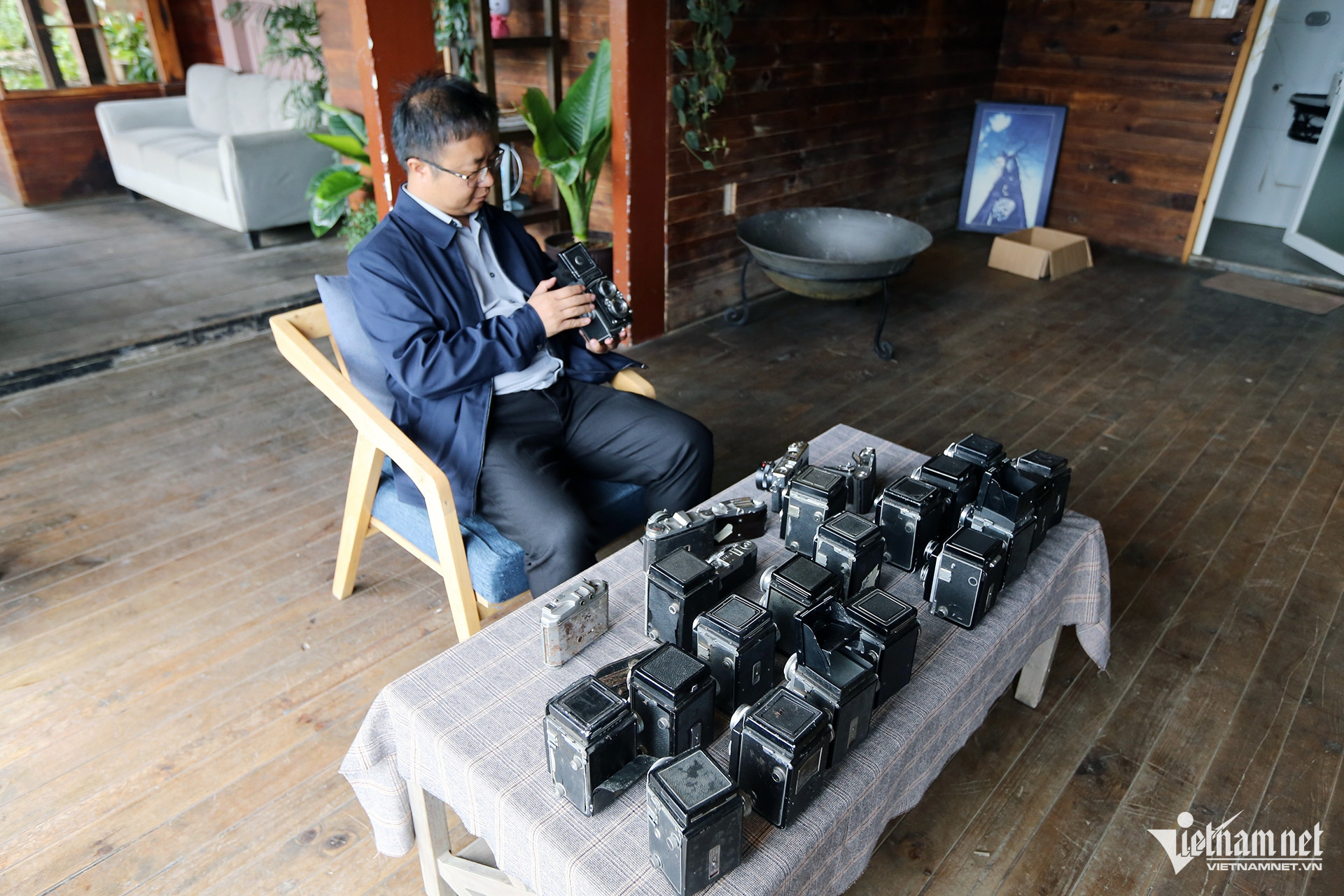

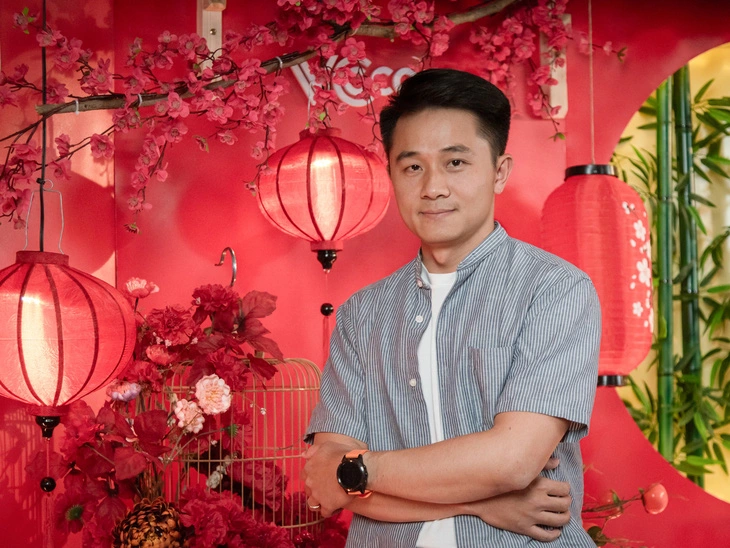




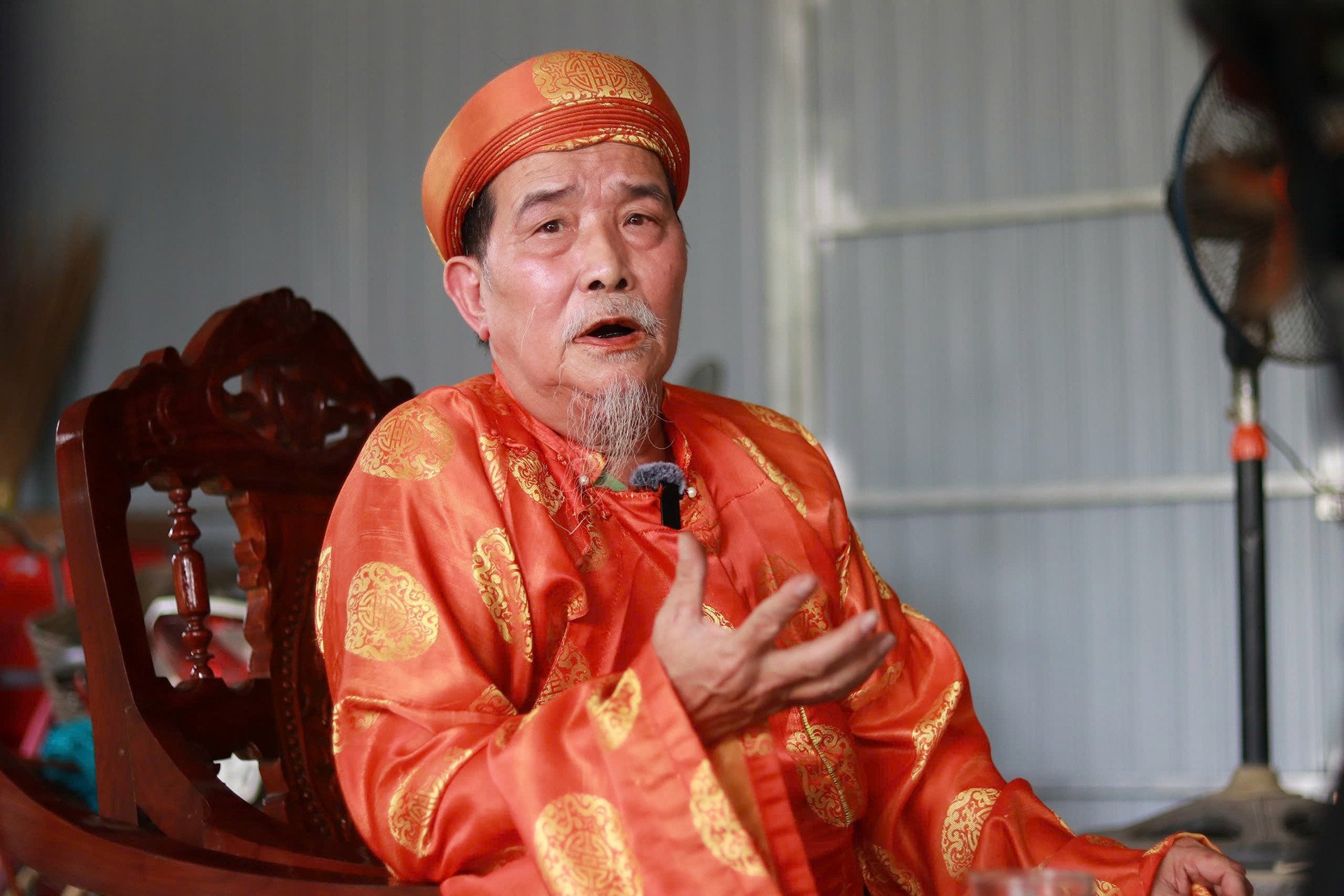
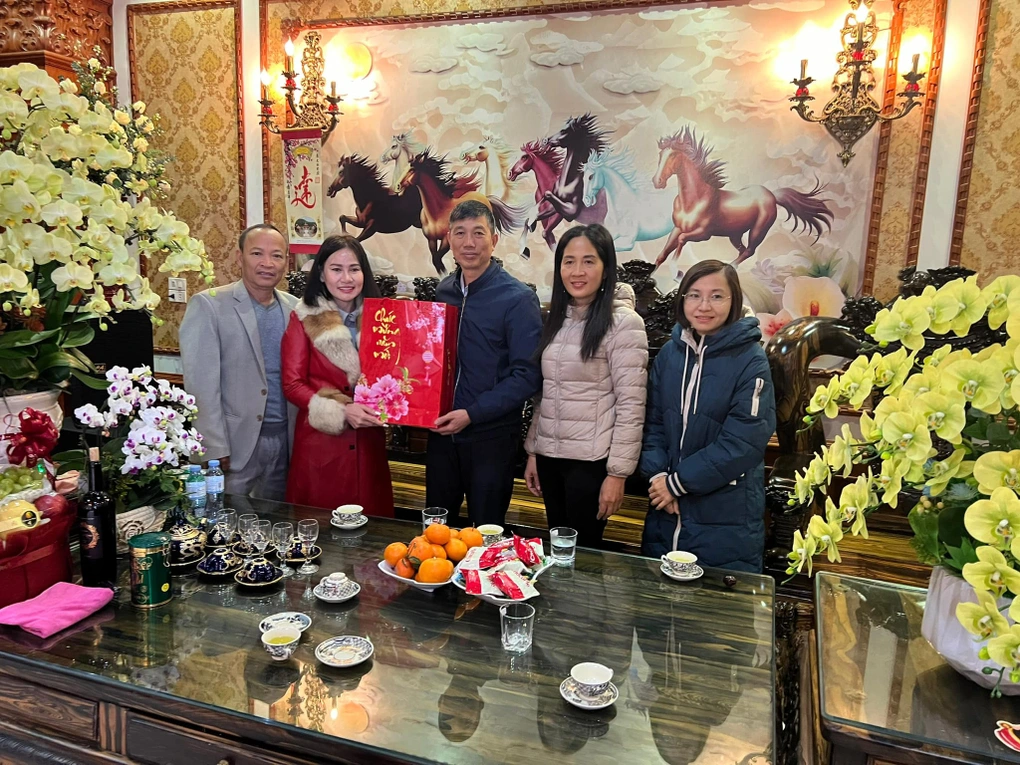





Comment (0)